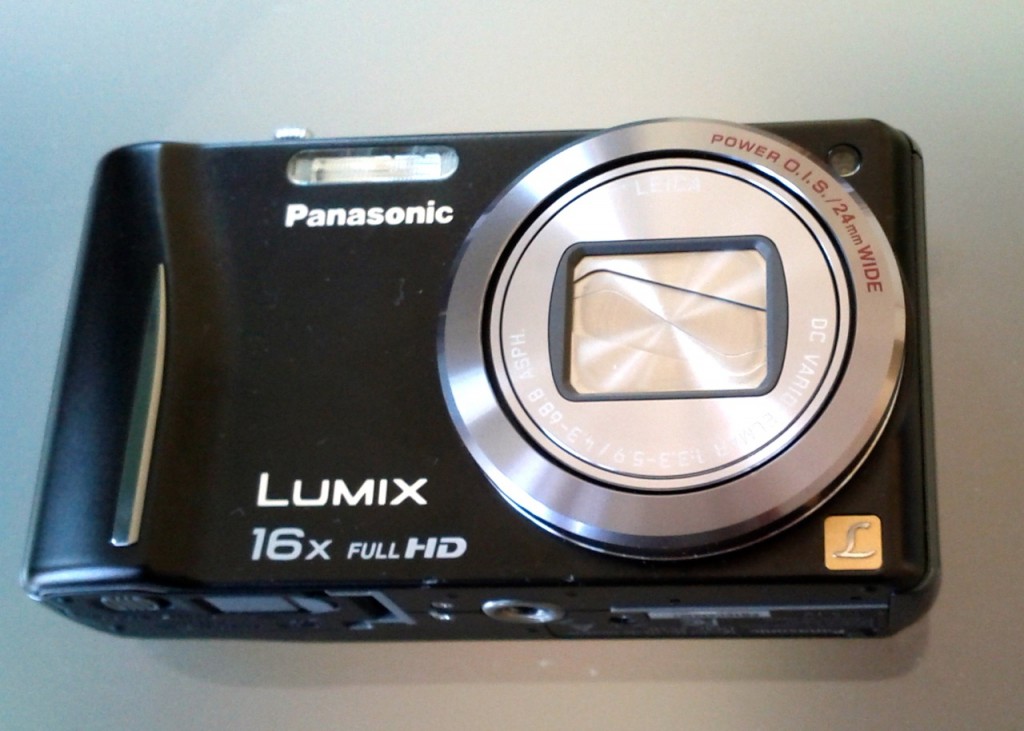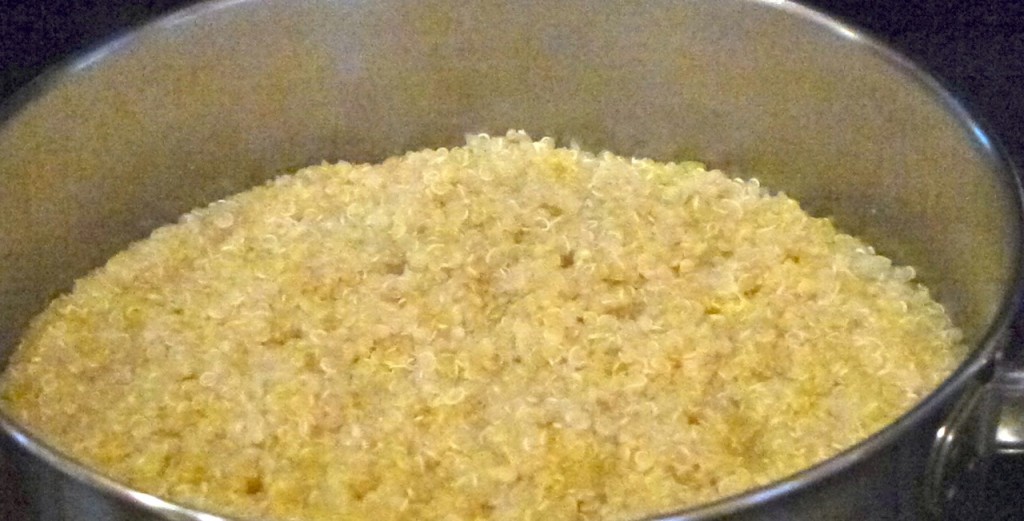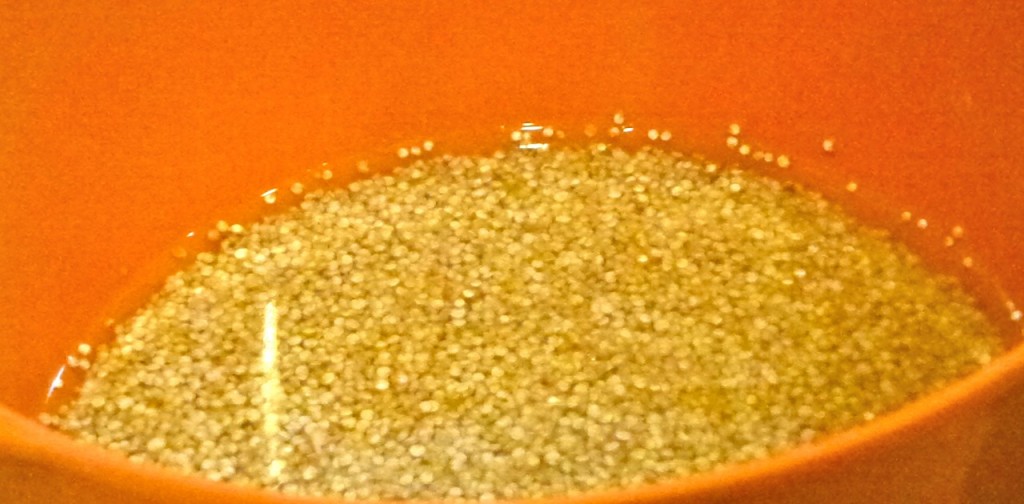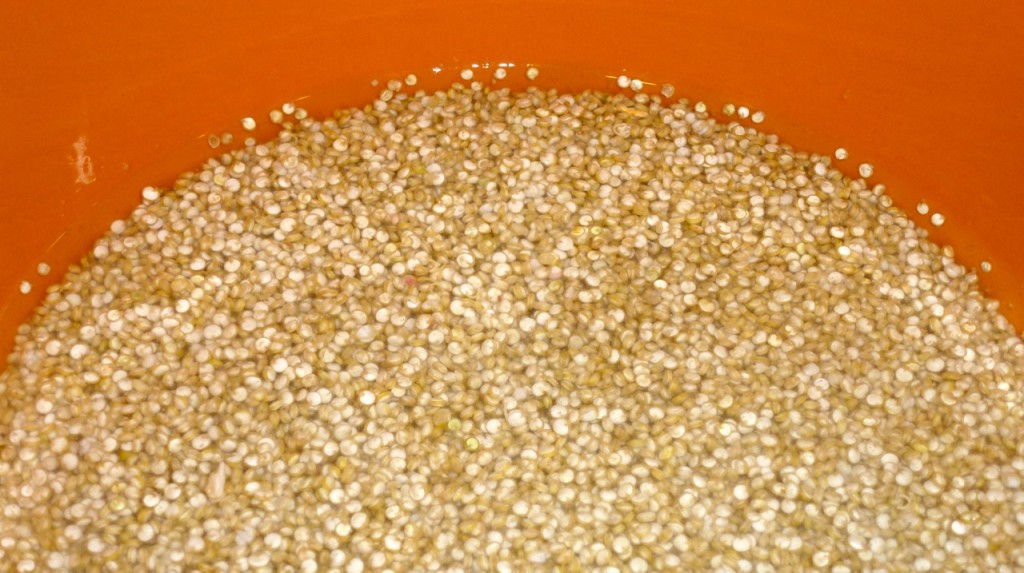Since my fall (literally) in the ocean back in January, I have been looking to replace the camera that fell in the water with me and it has not been an easy task although I basically had 3 requirements for purchasing a new one:
- A point-and-shoot
- Better zoom than my old one which was 10x (for taking pictures of wildlife)
- Quick picture taking
I went to Best Buy and tried out some of the cameras they had which were okay but with so many options I still found it a little overwhelming as some cameras have a longer battery life, some have better picture quality and on and on so I didn’t purchase one at that time.
Later, on a recent trip to Costco, I saw a camera that was a newer model of the one that was recently damaged. It’s a Panasonic ZS10 Lumix and has 16x optical zoom and 14.1 megapixels. When I tried it at the store, it had the 3 things that I was looking for.

Appearance-wise, the camera doesn’t look very pretty as it’s basic black. If “pretty” were important to me then this camera would not be on the top of my list but I’m more practical than that. Â The camera is lightweight and sits comfortably in my hand, pocket or purse.
So I purchased it, started taking pictures almost immediately and was pleasantly surprised that they were coming out very clear. The next test was in taking pictures of food since I like trying new recipes and taking pictures of my work. The camera has a Food setting specifically for this which does not use a flash and actually has a note that recommends you NOT use a flash when taking pictures of food. A food blogger that I follow had once said that she didn’t use a flash when taking pictures of food so I didn’t find that too unusual. However, I assumed that if the lighting was too dark that the flash would automatically be enabled but that was not the case.
When I made my quinoa salad, I decided to use the Food setting and follow the directions — no messing with a flash, just shoot the picture with the setting as stated.
Boy, was I disappointed as my pictures started coming out dark and fuzzy. Here’s an example of what I mean:

Here’s another picture using the same Food setting:

That was NOT going to work for me so I decided to take the same picture on the Auto setting which automatically adjusts for the lighting and, in this case, used the flash:

Quite a difference, eh? I was getting more frustrated as I assumed the Food setting should know what it’s doing. (Okay, I know that I’m assuming a camera can think but really, all I’m assuming is that whoever set up the camera should know that the Food setting should adjust for whether a flash is needed).
As the days rolled by I kept trying the Food setting and every time I set it as instructed, I kept getting fuzzy pictures. Finally I decided to try something different (yes, I decided to think for myself) by turning on the flash when using the Food setting and guess what? It worked! The pictures came out pretty similar to if I was using the Auto setting.
I was on the verge of returning the camera to the store as I have a 90 day trial period but instead I’m thinking I’ll keep it. I did experience a little stress in figuring out how to turn the flash on while using the “Food” setting but things have settled down now.
I wonder why little things seem to stress me more often than not these days. Age? I hope not or I’m going to be a really cranky old lady.
[amazon_link id=”B004KKZ0I8″ target=”_blank” container=”” container_class=”” ] [/amazon_link]
[/amazon_link]

